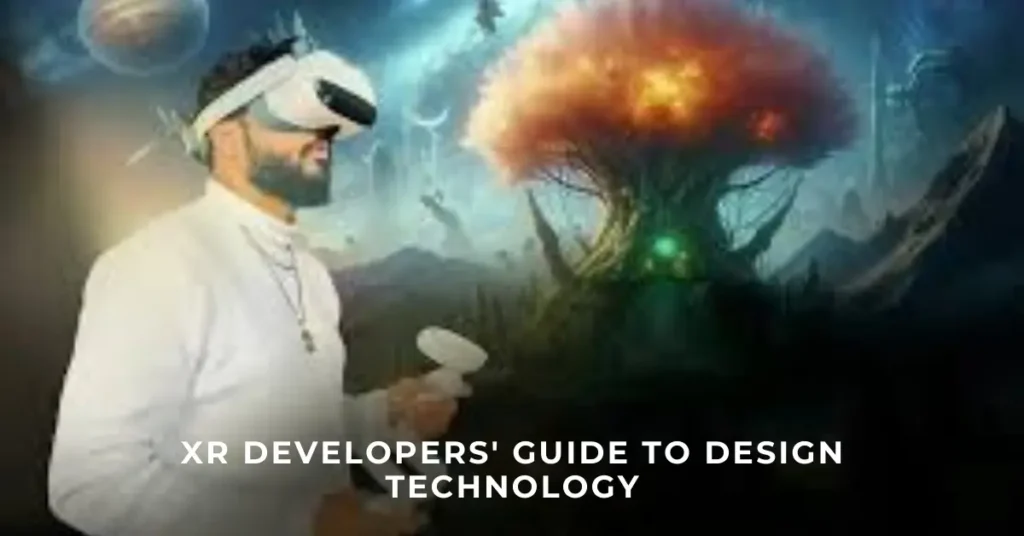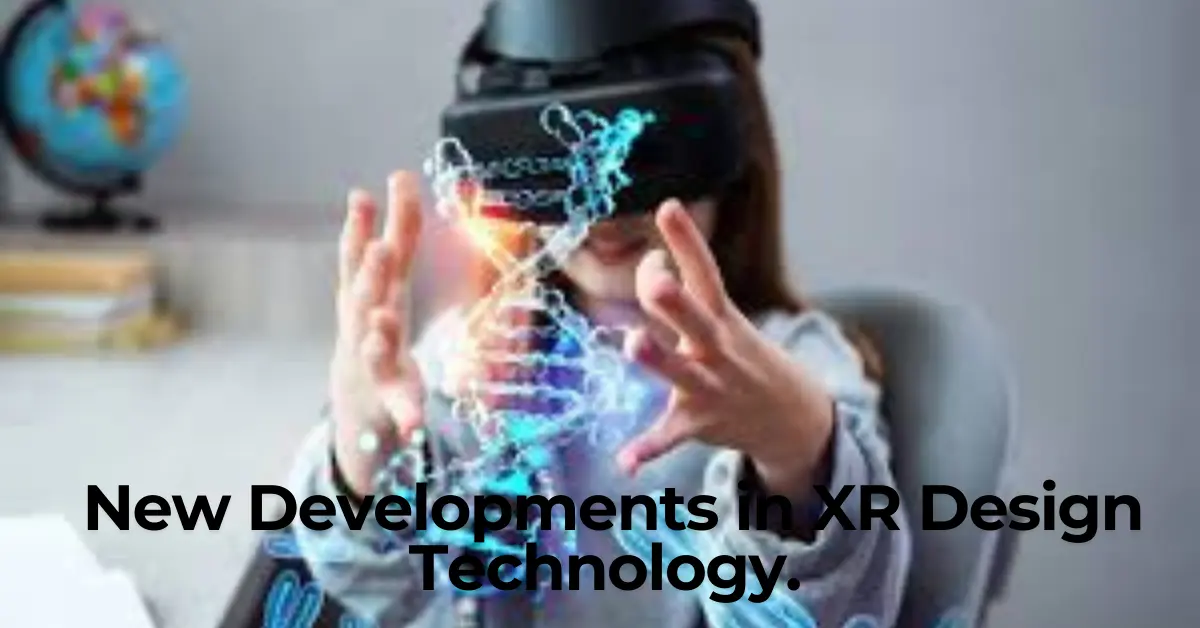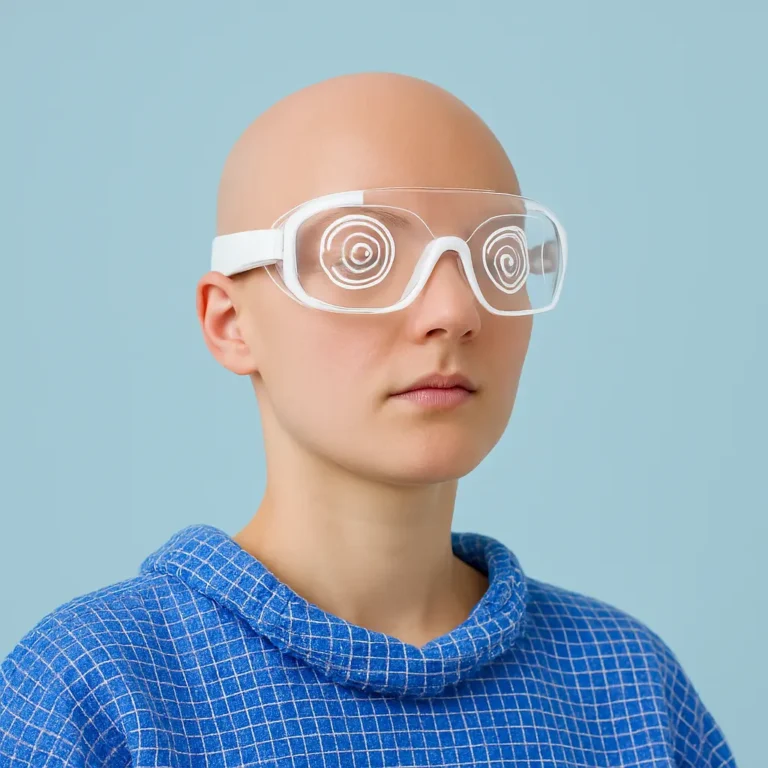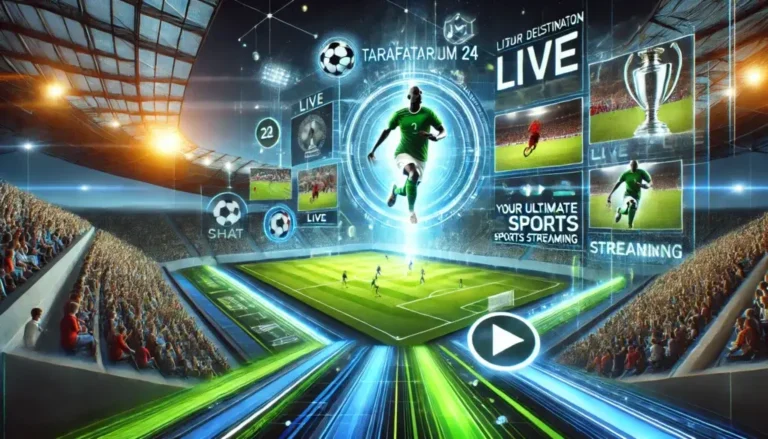
In recent times, XR Developers has emerged as a disruptive technology that blurs the boundaries between the physical world and the virtual world. Virtual Reality (VR), Augmented Reality(AR) and Mixed reality are part of XR that provides immersive experiences in different industries. Design technology is essential for developers who want to create effective and user-friendly applications within this exciting area.
To help you understand the basics of design technology for XR developers, this article provides an overview of tools, methodologies, and industry trends.
What Is XR Development?
VR, AR, or MR-based immersive experiences are the focus of XR development. The process of developing XR involves creativity, technical proficiency, and a thorough comprehension in human interaction with technology, which sets it apart from traditional 2D applications.
Key applications of XR include:
Games: Interactive experiences that take players on a journey into another world.
The use of virtual training, remote surgery techniques, and tools for treating patients in healthcare.
Interactive learning experiences are designed to increase engagement and retention. Education.
Online virtual experiences, AR product demonstrations and store visits. Retail.
Effective design technology is crucial in ensuring that these use cases are both user-friendly and engaging.
The Fundamentals of XR Developers Design Technology
Traditional design paradigms must be broken in order to design for XR. The following principles are foundational:
User-Centered Design (UCD)
The user’s experience should be the primary focus. Why? By taking into account the wants, preferences, and limitations of your target audience, you can ensure that your XR application is user-friendly.
- Conduct interviews, surveys, and usability tests to gather information about users..
- Develop characters that embody your target audience.
- Utilize feedback to construct an iterative design that enhances the experience.
Spatial Awareness
In contrast to flat screens,XR Developers operates in a 3D manner. Designers must consider:
Depth perception, Ensuring objects are logically placed within the virtual space.
Focus on the essential aspects and avoid overstuffing the user’s view with visual clutter.
Sound is utilized in spatial audio to enhance immersion and guide user interaction….
Intuitive Interactions
It is recommended to use XR Developers to simulate natural movements whenever possible. Common interaction methods include:
- Gestures: Hand movements used to pick or hold objects..
- use of speech: The use of speech recognition for navigation and control is possible.
- Eye tracking: Enhanced systems that react to user gaze.evt.
Performance Optimization
XR applications are resource-intensive. Smooth performance is key to a better user experience and prevents motion sickness issues. Key considerations include:
- Aim for a frame rate of at least 90 seconds.? FPS to reduce latency.
- Efficient 3D modeling and texture enhancement..
- Device-compatible design, from high performance headsets to mobile AR.com/product
Essential Tools for XR Developers.
A variety of tools aid XR developers in realizing their plans. The following are some of the most popular choices:
Game Engines
The XR Interaction Toolkit and AR Foundation are just two examples of the many tools that Unity provides for a versatile xR development environment.
Unreal Engine’s exceptional graphics make it an excellent choice for photorealism and XR Developers applications.
Design and Prototyping Tools
The use of Figma and Sketch is a perfect tool for wireframing and UI design.
Adobe XD includes the ability to create interactive prototypes. Gravity Sketch is a virtual reality application that allows for the creation of 3D models in an immersive environment.
3D Modeling Software
The creation and animation of 3D objects can be accomplished using Blender, an open-source software that is free. Maya is a professional tool for intricate modeling and rigging. Why?
Cinema 4D: Described for its smooth interface and impressive capabilities.
Development Frameworks
The AR application building frameworks ARKit and ARCore are jointly developed by Apple and Google.
A platform for developing advanced AR applications is Vuforia.
Creating MR applications on HoloLens with Microsoft’s Multi-Resource Toolkit.
Collaboration Platforms
Intervals: Facilitates team collaboration in virtual spaces.
Miro: An effective tool for brainstorming and organizing in a virtual setting.
The essential tools for communication and project management are Slack and Trello.
Key Challenges in XR Developers Design.
XR development is not without its challenges:
Hardware Limitations
The performance of various devices varies greatly, and developers must prioritize compatibility over quality. This is particularly important for this reason. This includes considerations for:
- Processing power.
- Battery life.
- Input methods.
User Comfort
Long-term use of XR Developers devices can cause discomfort, including eye strain and motion sickness. Solutions include:
- Optimizing frame rates.
- Reducing latency.
- Implementing ergonomic design principles.
Content Creation
It takes a lot of time and resources to design realistic and engaging 3D assets. Why? We need tools and pipelines that are efficient in streamlining workflow processes.?
Accessibility
XR applications must be accessible to people with disabilities. Consider features like:
- Voice navigation.
- Subtitles for audio content.
- Adjustable controls.
New Developments in XR Design Technology.

XR is evolving quickly, and staying ahead of the competition requires being aware of what’s happening in the market:
AI Integration
XR experiences are being enhanced by Artificial Intelligence.
Realistic character interactions made possible through natural language processing.
Developing dynamic environments through procedural techniques.?
Adapting user experiences to behavioral analysis.
5G Connectivity
Faster internet speeds enable:
- The use of cloud rendering reduces the need for expensive local hardware.
- Seamless multiplayer experiences.
- Real-time updates and interactions.
Cross-Platform Development
Developers are increasingly using tools that allow for cross-platform compatibility, which reduces development time and increases the audience for XR devices.
Ethical Considerations
As XR becomes more prevalent in applications like surveillance, education, and healthcare, developers must consider ethical considerations.
- Defending personal information in virtual world environments.
- Opposition: Providing equal representation in AI-driven experiences.
- Abhorrent: Crafting applications that foster positive usage habits.
Career Pathways for XR Developers.
XR professionals are experiencing a surge in demand, with opportunities available in diverse fields. Potential roles include:
XR Designer is dedicated to creating user-friendly interfaces and experiences.
3D Artist: Designing props, characters, and environments.
Create the technical infrastructure for XR applications through software development.
The Project Manager is accountable for managing development timelines and ensuring teamwork.
How to Get Started.
Basics: Gain a thorough understanding of languages such as C# and C++.
Portfolio: Create an impressive portfolio by showcasing your talents through personal projects.
Join communities: Join XR communities on websites like LinkedIn, Reddit, and Discord to network. Be proactive!
industry blogs: Follow industry blogs and attend conferences to stay informed. Stay tuned!
Conclusion.
XR development is built on the principles of design technology. By prioritizing user-centered design, utilizing the appropriate tools, and staying current with industry trends, developers can create applications that revolutionize our understanding of the world. Futhur more information please click here.




